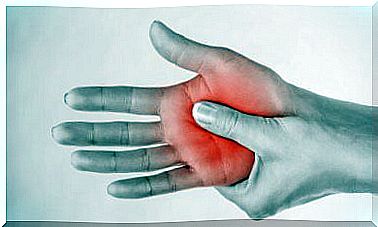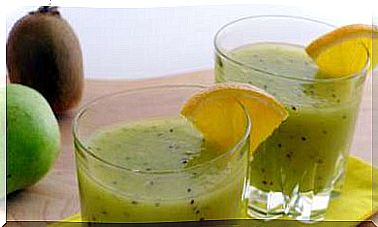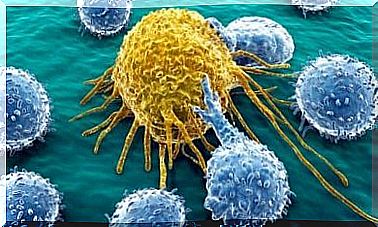Cataracts: Symptoms And Natural Treatments
Stopping smoking, avoiding alcohol abuse, wearing glasses with UV protection and eating a balanced diet can help you partially reduce cataracts.
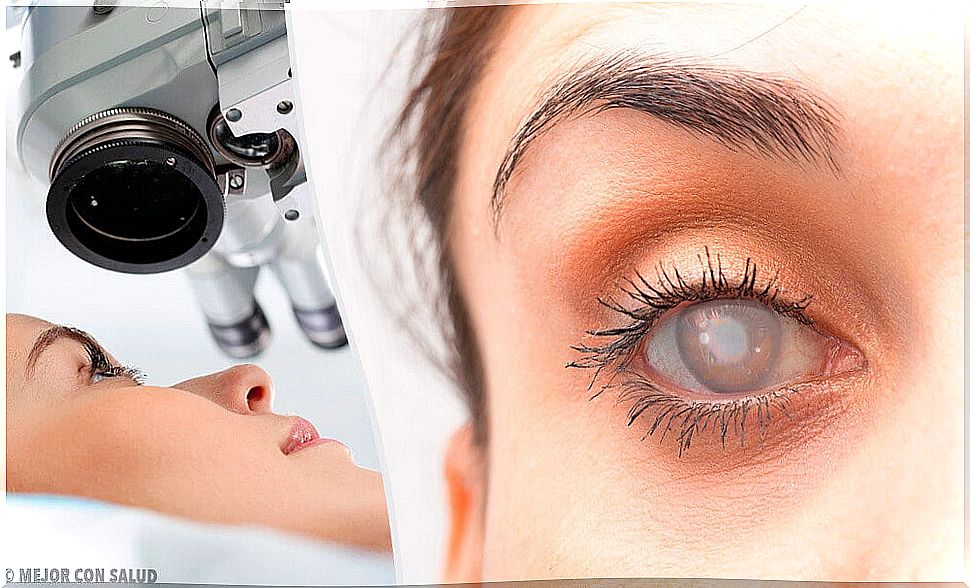
A person who suffers from cataracts knows very well what this condition means. However, it remains a mystery for those who do not know the symptoms of this disease when it is at an advanced stage.
For some people with cataracts, it’s like seeing everything through a steamy window that they can never clean.
They can only have a very vague idea of what is going on behind the window. It doesn’t sound very pleasant, but luckily cataracts can be treated naturally.
In this article, we will introduce you to the most common symptoms of cataracts and their natural treatments.
What is cataract?
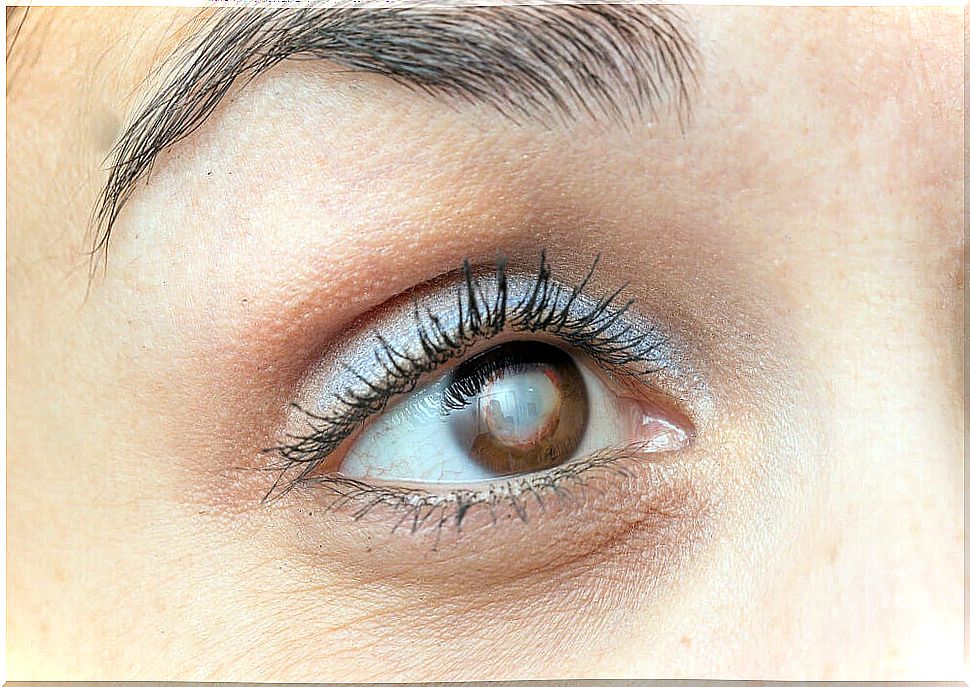
The progressive opacity of the natural lens of the human eye is called cataract . This results in a feeling of blurred vision which slowly worsens when not treated properly.
Cataracts mainly affect people over the age of 40. They are also the biggest cause of progressive blindness worldwide.
Around the age of 40, the biochemistry of the human body begins to change. The proteins synthesized by the cells of the eyes lose their elasticity and harden.
Proteins clump together in different areas of the eye lens. This causes whitish lumps that can sometimes appear in the eyes of those affected. Cataracts are the cause of loss of accuracy and visibility at certain distances.
However, the whitish spots do not appear overnight. Cataracts develop slowly as the eye tries to adjust to these whitish masses.
Several types of cataracts block light and distort the images the eye sees at different angles. Therefore, this type of vision loss will be different for each person who suffers from it.
Types of cataracts
There are three different types of eye cataracts, the names of which are directly related to the part of the eye they affect.
Subcapsular cataract
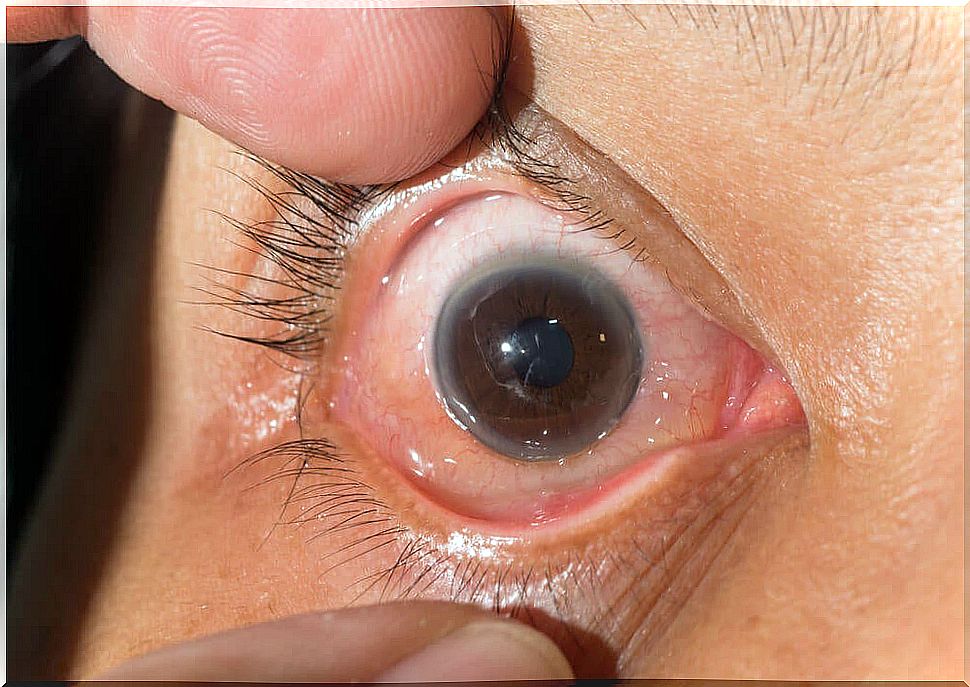
This type of cataract is more difficult to identify with the naked eye. Despite this, the patient feels its effects very quickly as the disease develops.
Patients who have diabetes or take steroids in high doses are very likely to be affected by subcapsular cataract.
Nuclear cataract
As the name suggests, this type of cataract occurs in the nucleus of the lens. This typology is largely linked to cataracts due to aging. In fact, it’s more common in men and women over the age of 70.
Cortical cataract
This type of cataract is most visible to the naked eye. Cortical cataracts are small, opaque, white areas. These opacities can be seen as small scratches located in the periphery of the lens.
Symptoms of cataracts
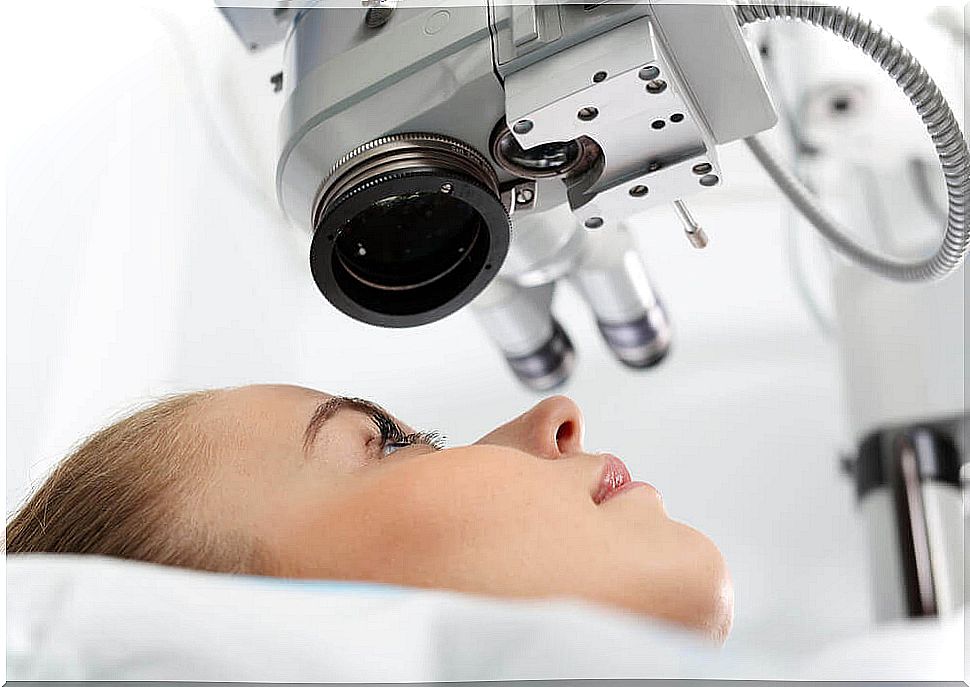
The symptoms of this disease are numerous. Among them we can name:
- Blurry or blurred vision.
- Hypersensitivity to light or discomfort on contact with bright lights.
- Difficulty seeing in dark or semi-dark spaces.
- Diffuse vision of the light source, such as lamps and candles.
- Yellowish colors.
- Double vision in one eye.
- Frequent change of prescription in lenses means that cataracts quickly affect visual health.
- Difficulty reading.
However, the symptoms of cataracts are very similar to the symptomatology of other less serious problems that affect the eyes, such as nearsightedness or astigmatism.
For this reason, you should see your doctor with some frequency when you start to notice two or more of these manifestations.
Treat cataracts naturally
Some doctors insist that these whitish masses cannot be avoided. However, there are several natural treatments to partially reduce this affectation.
Organic and non-invasive treatment is an alternative for patients suffering from this disease. We are now going to introduce you to different ways to treat them naturally.
Avoid bad habits

Quitting smoking and reducing alcohol consumption are two changes that will improve your quality of life. Although it may seem difficult at first, especially because of the social pressure that comes with these acts.
However, remember that quitting smoking and drinking less will prevent your body from degenerating. The eyes, like all organs in the body, will benefit from these healthy habits.
Eat a balanced diet
Diet is one of the most important factors in preventing degenerative diseases. A balanced diet helps promote proper functioning of the body and effective self-regulation.
Self-regulation helps to prolong the good condition of proteins synthesized by the human body.
While the antioxidants in food help to maintain the various components of the human body healthy. Enzymes in fruits and vegetables contribute to the health of the eyes and other organs.
Always apply sunscreen
Although it seems unlikely, prolonged exposure to ultraviolet rays emitted by the sun can promote the development of cataracts. UV rays can affect proteins and other enzymes in the eye, breaking down and oxidizing them.
In this way, the enzymes lose their main beneficial functions for the eye. Wear dark glasses and wide-brimmed hats to protect yourself from harmful UV rays. This way you will protect your enzymes from degradation.
Use eye drops
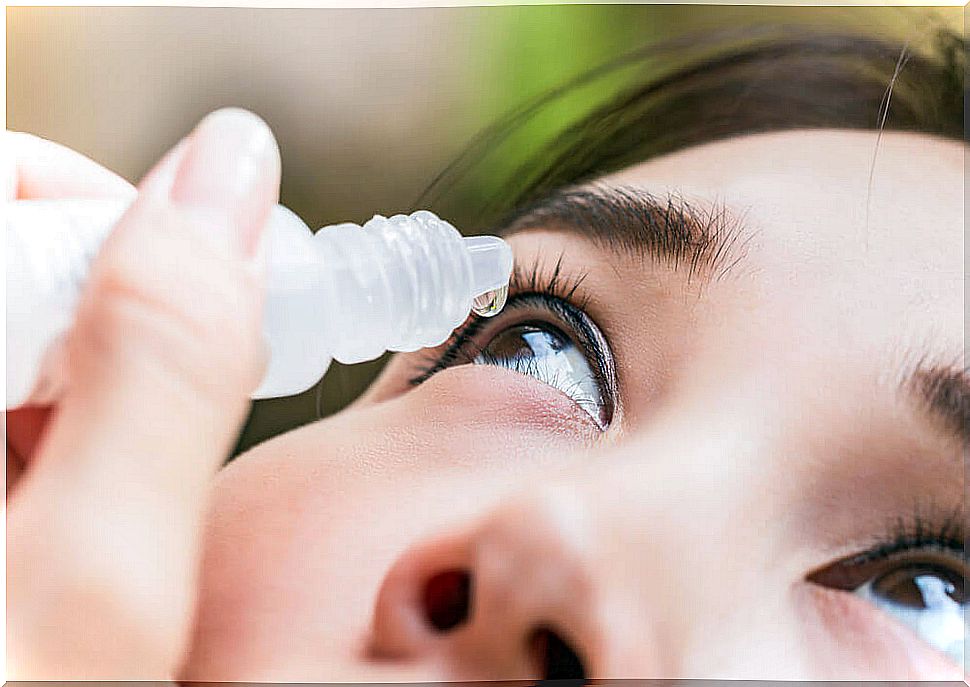
It is common to find that most older people use eye drops prescribed by their doctor. However, there are various pharmaceutical groups that offer high quality non-prescription drops.
The drops will help keep your eyes hydrated and healthy. They prevent the optic nerves from straining due to lack of lubrication and thus reduce cataracts.
Cataract is a condition that is not necessarily related to age. Therefore, start good habits now for your long term health.
Remember that the proteins your body makes will be as healthy as your lifestyle. Dare to treat cataracts naturally and keep your eyes healthy.
Even though cataracts develop with age, there are ways to prevent it or delay its progression.
In the following article, we show you the natural treatment and prevention of cataracts. Don’t miss it!

